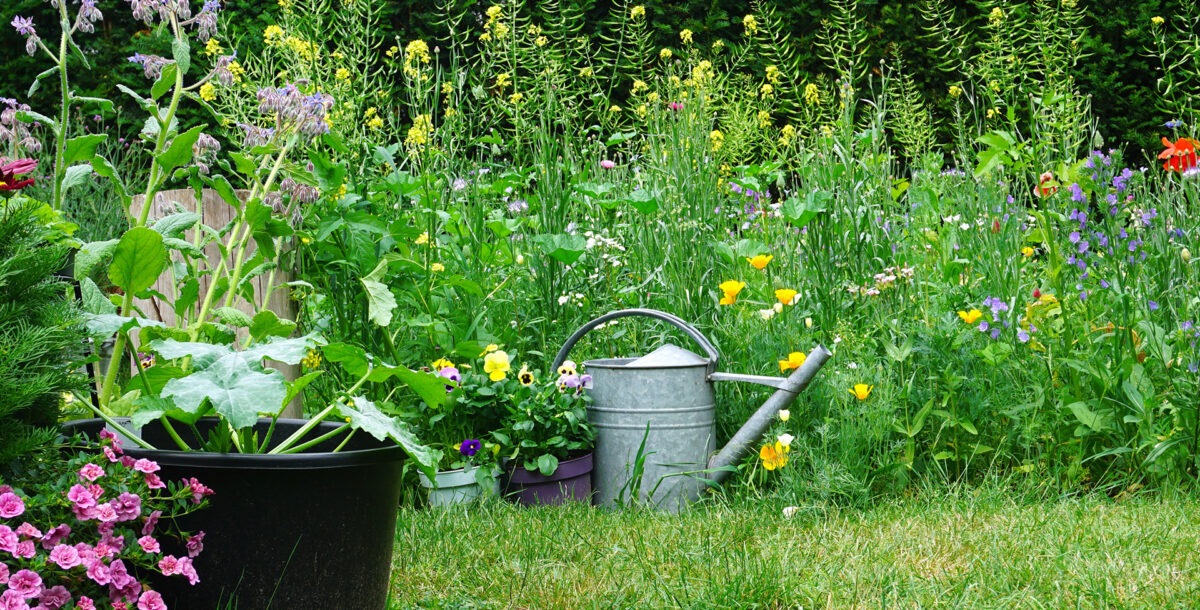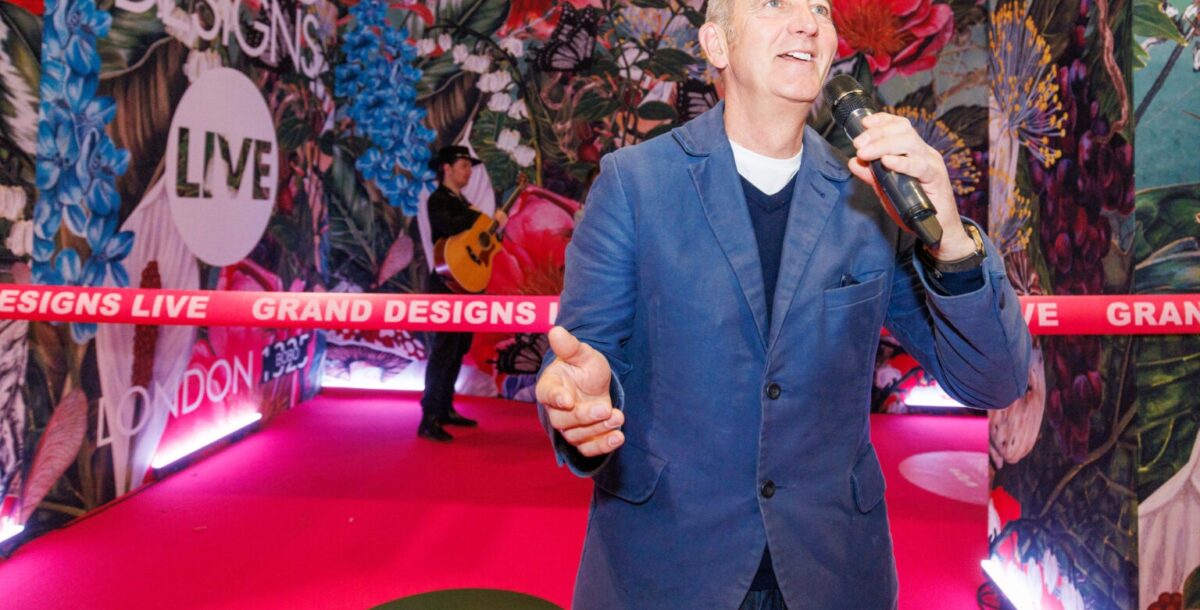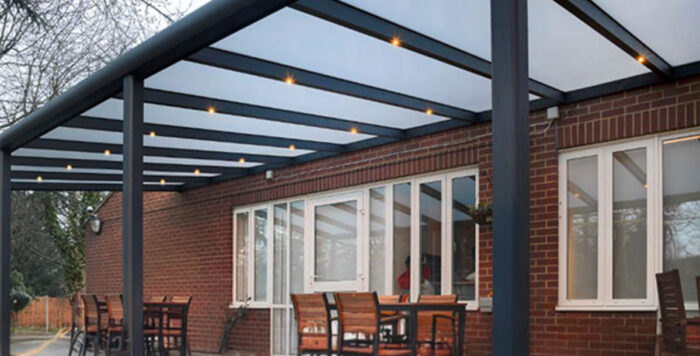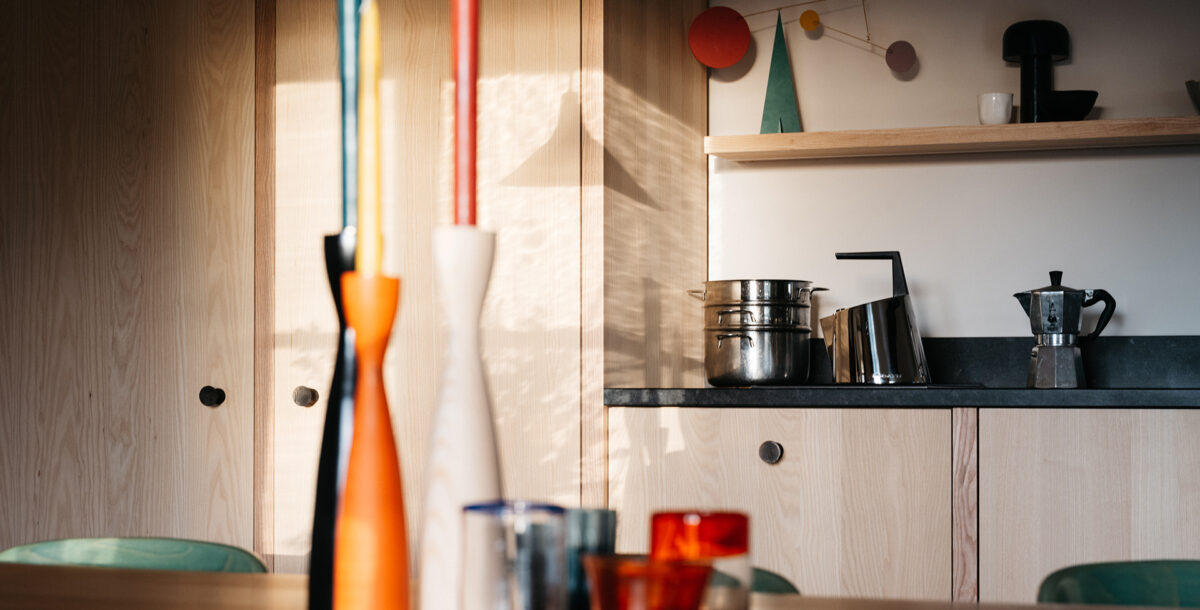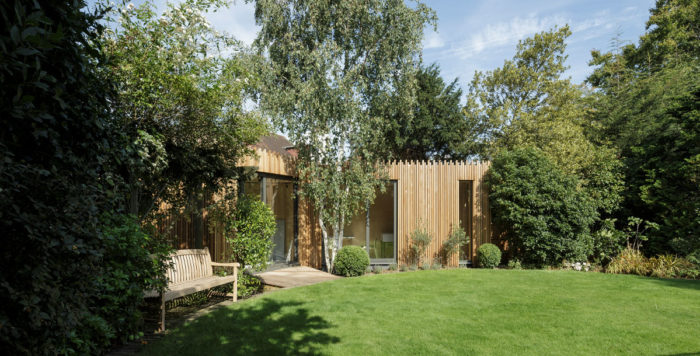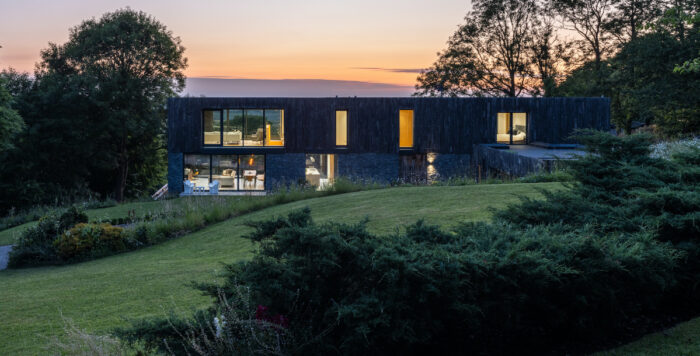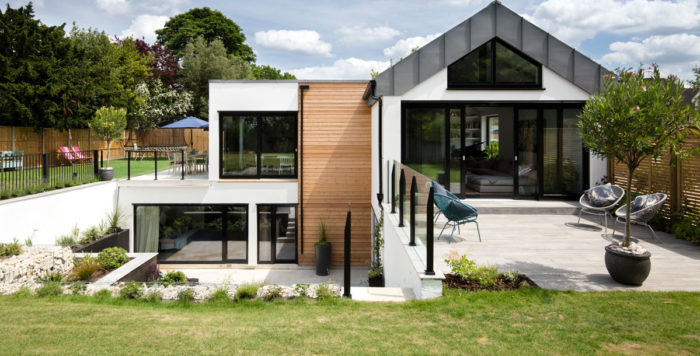Kevin McCloud on global sustainability and the mystery of good design
Kevin discusses global sustainability and reveals his favourite new products
There’s one inescapable fact that lies behind world leaders battling to set climate change targets, the clumsy laws for eco-towns, and even your council’s cheery recycling initiatives: our planet has finite resources.
Yet the population seems to be growing inexorably.
There are currently about seven billion of us, and this is set to rise to nearly 10 billion by 2050 – alongside rises in temperature, sea levels and global standards of living. How can our tiny planet deal with all this?
While bounteous, the Earth simply isn’t big enough to cope. We are running out of our primary requirements: fresh water, trees, space for growing food, clean air, and many of the precious minerals we use to make our televisions and mobile phones.
WWF’s Living Planet Report published the shocking news that between 1970 and 2010, populations of mammals, birds, reptiles, amphibians and fish around the globe dropped by 52 per cent. That’s more than half, which we have inadvertently extinguished.
As Jon Hoekstra, chief scientist at WWF, puts it: ‘What’s not complicated are the clear trends that we’re seeing: 39 per cent of terrestrial wildlife gone, 39 per cent of marine wildlife gone, 76 per cent of freshwater wildlife gone – all in the past 40 years.’
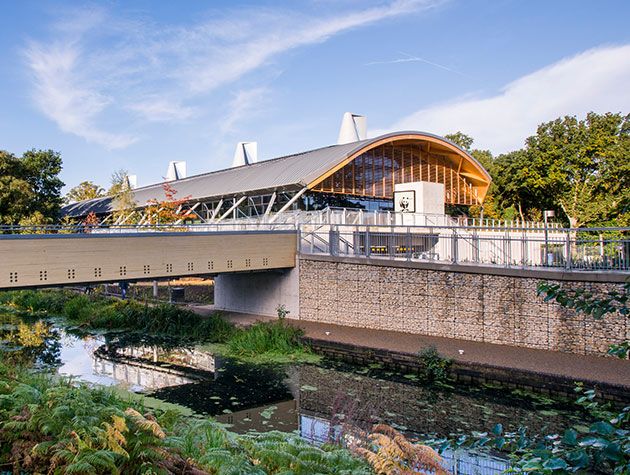
Of course, if we had another planet or two, that would help, but we don’t. The One Planet Living philosophy – developed by WWF alongside Bioregional, the charity I work with – promotes the idea that living sustainably means a better quality of life.
Its 10 guiding principles offer ways to meet the basket of human needs – things such as food, clothing, housing, energy, health, education, mobility and leisure – in a way that won’t harm the planet.
Many businesses and councils are signing up to its sustainability strategy – find out more at Bioregional.
Creative Discipline
I was struck recently by a comment made by a European architect: that when in conversation with clients and friends, he was often admired for his creativity. Which he thought odd, because he found his job to be pretty low on inventiveness, yet high on discipline.
Not that this is a bad thing. Architecture isn’t about interior decoration or art. It is a process that analyses our needs, hopes and desires, then lays out buildings for us in ways that make these needs easier to satisfy.
By its nature, it requires a great deal of questioning, interpretation and repositioning of the accepted status quo, and that demands a great deal of instruction and regulation.
The creativity creeps in here and there; boy, it should, for the wit and the imagination that we have come to expect in a good building. But the bulk of the joy and delight occurs when we discover just how well a property works for us as a result of the disciplined application of the design process.
Not that I can fully explain why great buildings are so. When I talked to Hannah, Grand Designs’ TV location assistant, about this, I suggested that architecture was 80 per cent discipline, 10 per cent humanity, five per cent creativity and five per cent something else I couldn’t put my finger on. She told me what she thought it was: mystery.
Light Relief
My favourite new read is The Ladybird Book Of The Shed (Michael Joseph, £6.99), part of a spoof series by Jason Hazeley and Joel Morris. It’s full of fun analysis and advice, such as: ‘The shed is the man’s natural hiding place.
It is just like the pub, except it is closer to home. In a minute, Les will throw his children out of his shed and get on with some proper work. Then, when the coast is clear, he will go to the pub.’
It’s as good as it gets.


